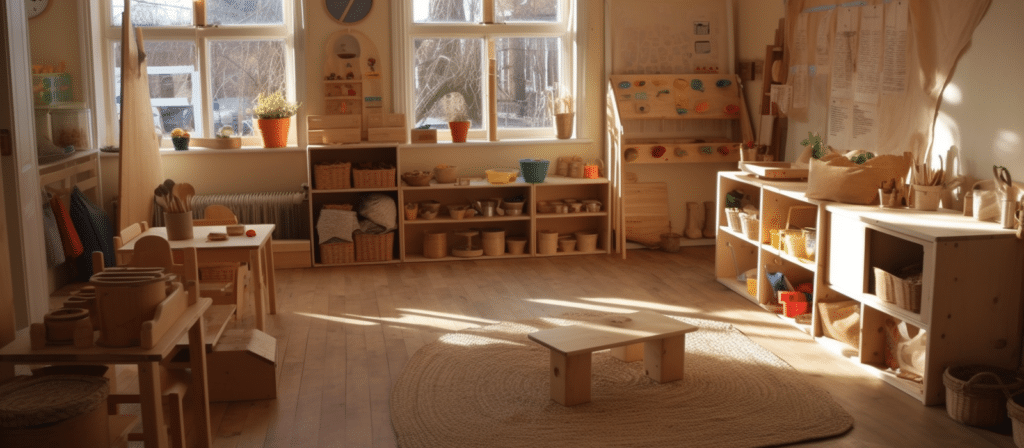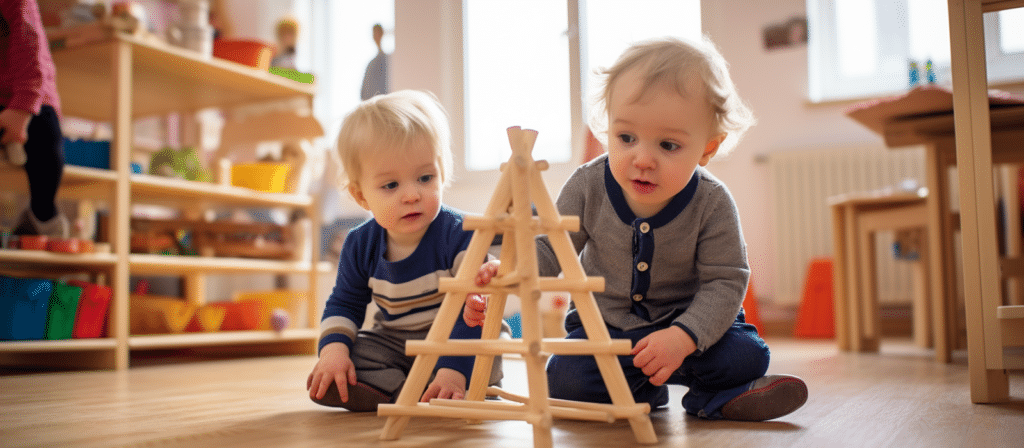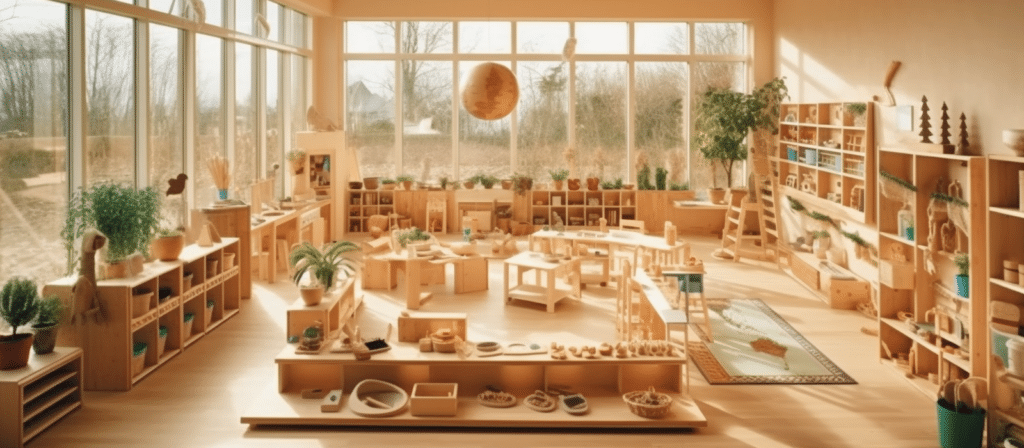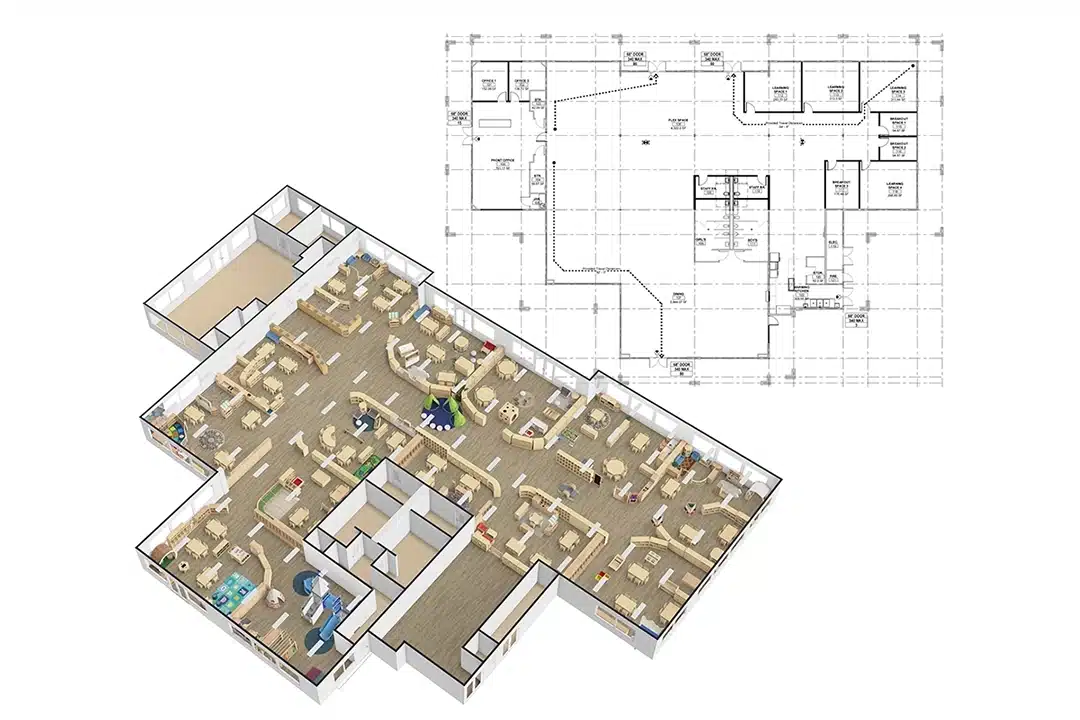Ever wondered how to create a haven of tranquility for preschoolers? Discover the power of a Calming Corner, equipped with specially chosen preschool furniture, to help young children navigate their emotions. In this guide, we unveil the benefits and strategies of curating a space that aids emotional regulation and provides a safe space for preschoolers to unwind.
Creating a Calming Corner with Preschool Furniture for Emotional Regulation is a strategic approach to support young children’s emotional development. This designated space offers a sense of security, empowerment, and tools for managing emotions, fostering self-awareness and promoting healthy emotional expression.
What is a calming corner?
A calming corner is a designated area in a preschool or home environment that provides children with a safe and quiet space to regulate their emotions. It is a place where they can go to when they are feeling overwhelmed, frustrated, or in need of some quiet time. A well-designed calming corner can help children develop self-regulation skills and promote a sense of security and comfort.

Why is emotional regulation important for preschoolers?
Preschoolers are at a stage in their development where they are learning to navigate their emotions and cope with various situations. Emotional regulation is a crucial skill that enables children to understand and manage their feelings effectively. By creating a calming corner, we provide them with a dedicated space to practice self-regulation techniques and regain a sense of calm when they are feeling overwhelmed.
How to set up a calming corner with preschool furniture?
Choose the right furniture: Select preschool furniture that is comfortable, safe, and age-appropriate. Soft cushions, bean bags, and cozy chairs can provide a comfortable seating option for children. Consider using furniture in calming colors, such as blues and greens, to create a soothing atmosphere.
- Provide sensory elements: Incorporate sensory items in the calming corner to engage the senses and promote relaxation. Soft rugs or mats with different textures, such as shaggy or velvety, can provide tactile stimulation. You can also include items like stress balls, fidget toys, or squishy objects for children to manipulate and focus their attention.
- Include visual aids: Visual elements can be highly effective in creating a calming environment. Hang up posters or pictures with calming scenes, such as nature or animals, to create a sense of tranquility. You can also consider using visual schedules or emotion charts to help children identify and express their feelings.
- Introduce calming activities: Provide a variety of calming activities that children can engage in while in the calming corner. This can include puzzles, coloring books, quiet reading materials, or sensory bottles. These activities can help children redirect their focus and find a sense of peace.
- Ensure privacy and safety: It is important to create a space that offers privacy and a sense of security. Consider using curtains or room dividers to create a secluded area. Ensure that the calming corner is free from clutter and potential hazards to ensure the safety of the children.
What are the benefits of a calming corner?
A well-designed calming corner can have numerous benefits for preschoolers:
- Emotional regulation: A calming corner provides children with a dedicated space to practice self-regulation techniques and develop emotional resilience.
- Stress reduction: Being able to retreat to a calming corner can help children manage stress and anxiety, allowing them to reset and refocus.
- Enhanced focus and concentration: By offering a quiet and distraction-free environment, a calming corner can support children in improving their focus and concentration skills.
- Conflict resolution: A calming corner encourages children to reflect on their emotions and find healthy ways to resolve conflicts, promoting positive social interactions.

Creating a calming corner with preschool furniture is an excellent way to support emotional regulation in young children. By providing a dedicated space for children to relax, reflect, and practice self-regulation techniques, we can help them develop important life skills that will benefit them throughout their lives. So, let’s take the first step in creating a nurturing environment for our little ones by incorporating a calming corner in their preschool or home setting. Together, we can create spaces that promote emotional well-being and positive learning experiences for our children.
That’s it! I hope you found this blog post helpful and inspiring. If you have any questions or additional tips on creating a calming corner, feel free to leave a comment below.

















